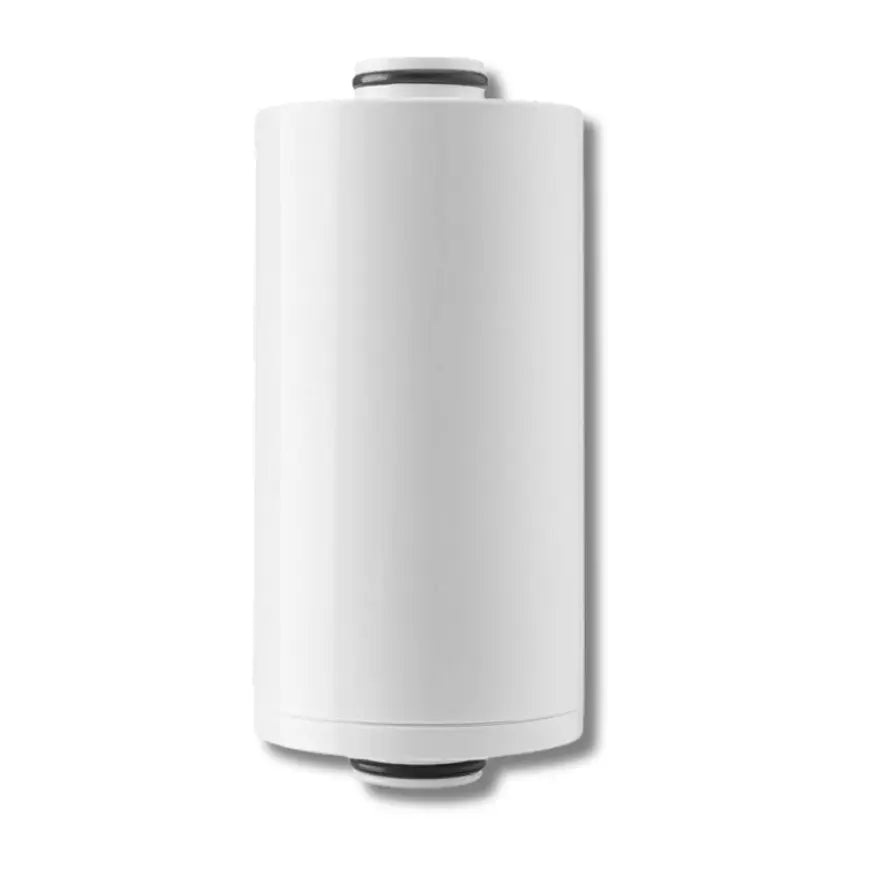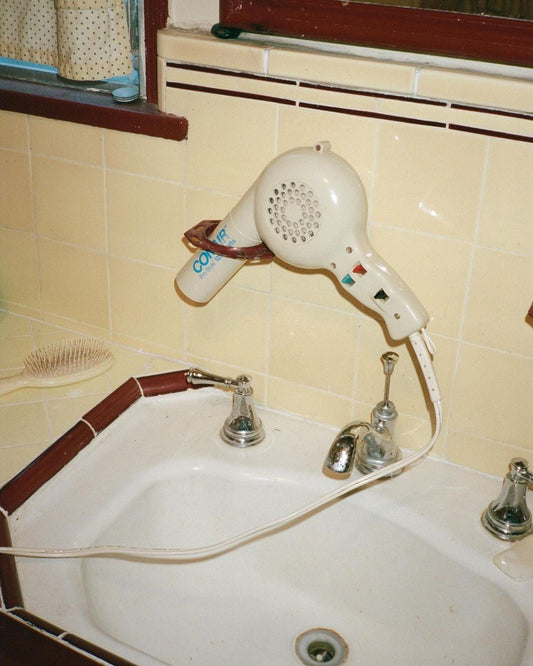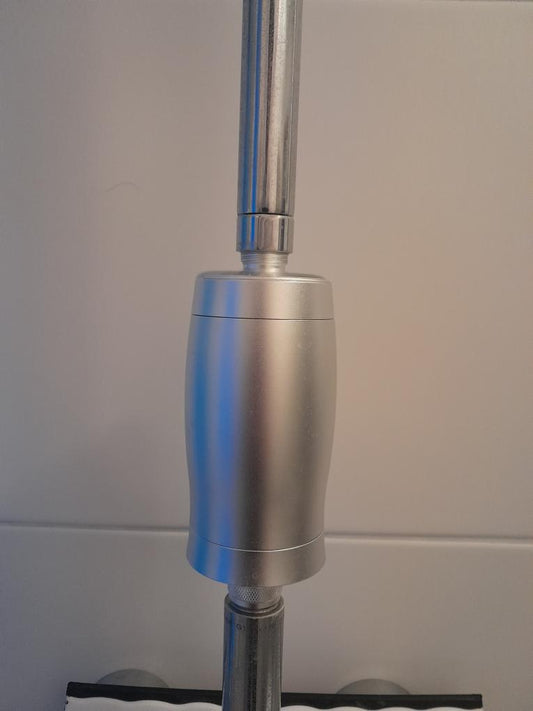TL;DR: Don’t be fooled by flashy numbers. A reliable shower filter should list effective media, a safe flow rate, and honest lifespan. Here's how to spot one.
How to Read a Shower Filter Specification
Shower filters often come with labels like "20-stage filtration", "ion boost", or "ultra-purifying" — but what does any of it actually mean?
This guide will walk you through how to decode a shower filter’s specs, so you can focus on what matters: healthier water for your skin and hair.
1. Start With the Filtration Media
This is the core of any shower filter. Don’t be distracted by the number of “stages.” What really matters is the quality of the materials used:
- Activated Carbon — binds chlorine and odours
- KDF — reduces heavy metals like lead and mercury
- Calcium Sulfite — neutralises chlorine at high temperatures
If these aren’t listed — or replaced with vague terms like “mineral balls” — move on.
2. Understand the Flow Rate
Flow rate is how fast water comes through. A good range is 6.5 to 7.5 litres per minute. Too low, and you’ll feel like your water is trickling. Too high, and filtration may be ineffective.
3. Lifespan Matters
Quality filters should last around 13,000 litres or 6 months of daily showers. If the brand doesn’t state this clearly, it’s a red flag.
4. Look for Verified Results
Claims like “removes 99.9% of chlorine” should be backed by certified lab tests or NSF standards. If it’s all talk and no proof — skip it.
Pro Tip: The Nordisk Renhet shower filter uses only verified materials — no gimmicks, just real protection for European water conditions.
Still Unsure?
Start by reading customer reviews, checking the actual ingredients, and avoiding anything that sounds too good to be true.
Clarity beats marketing. When in doubt, go with transparency over trends.




